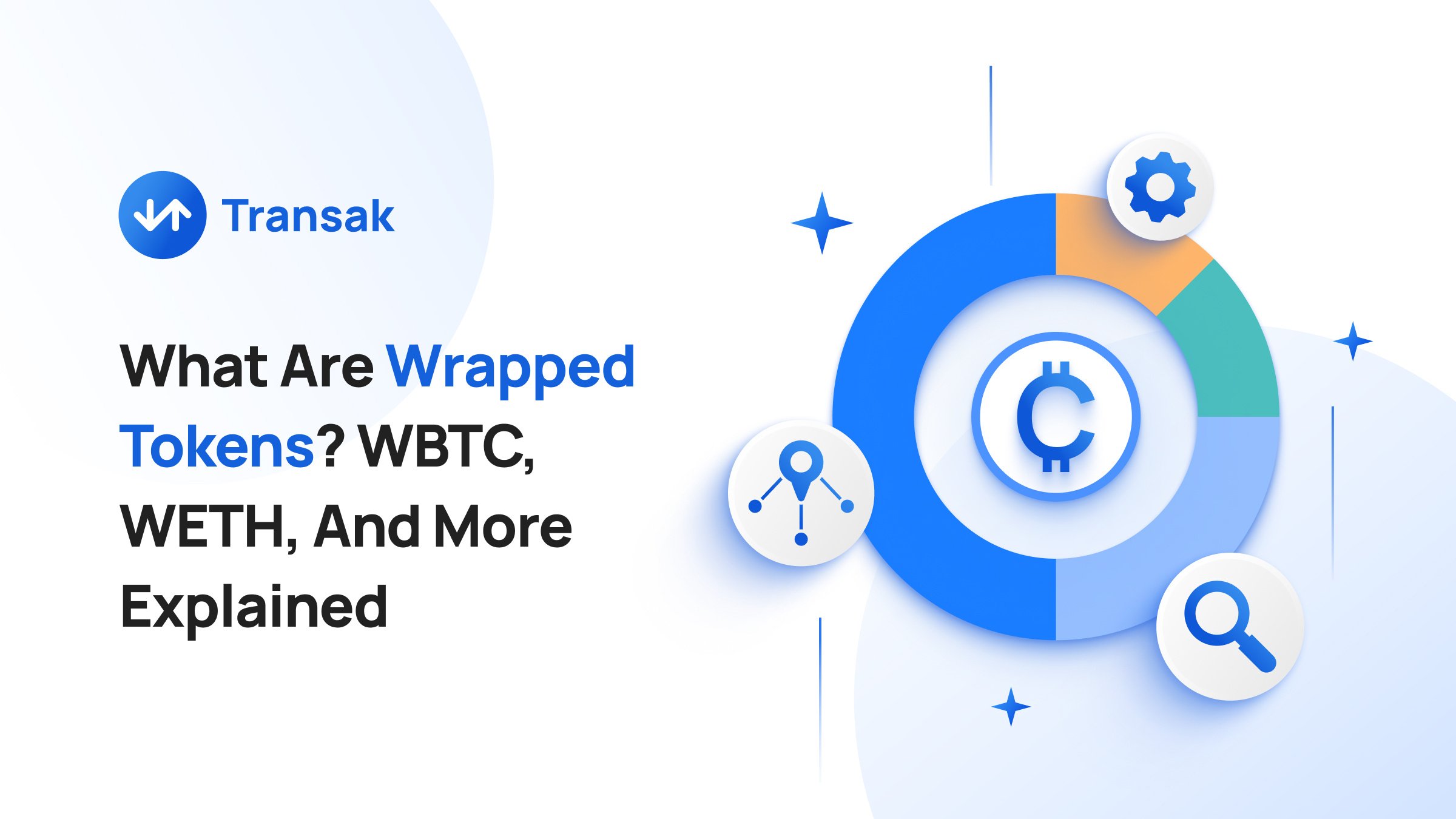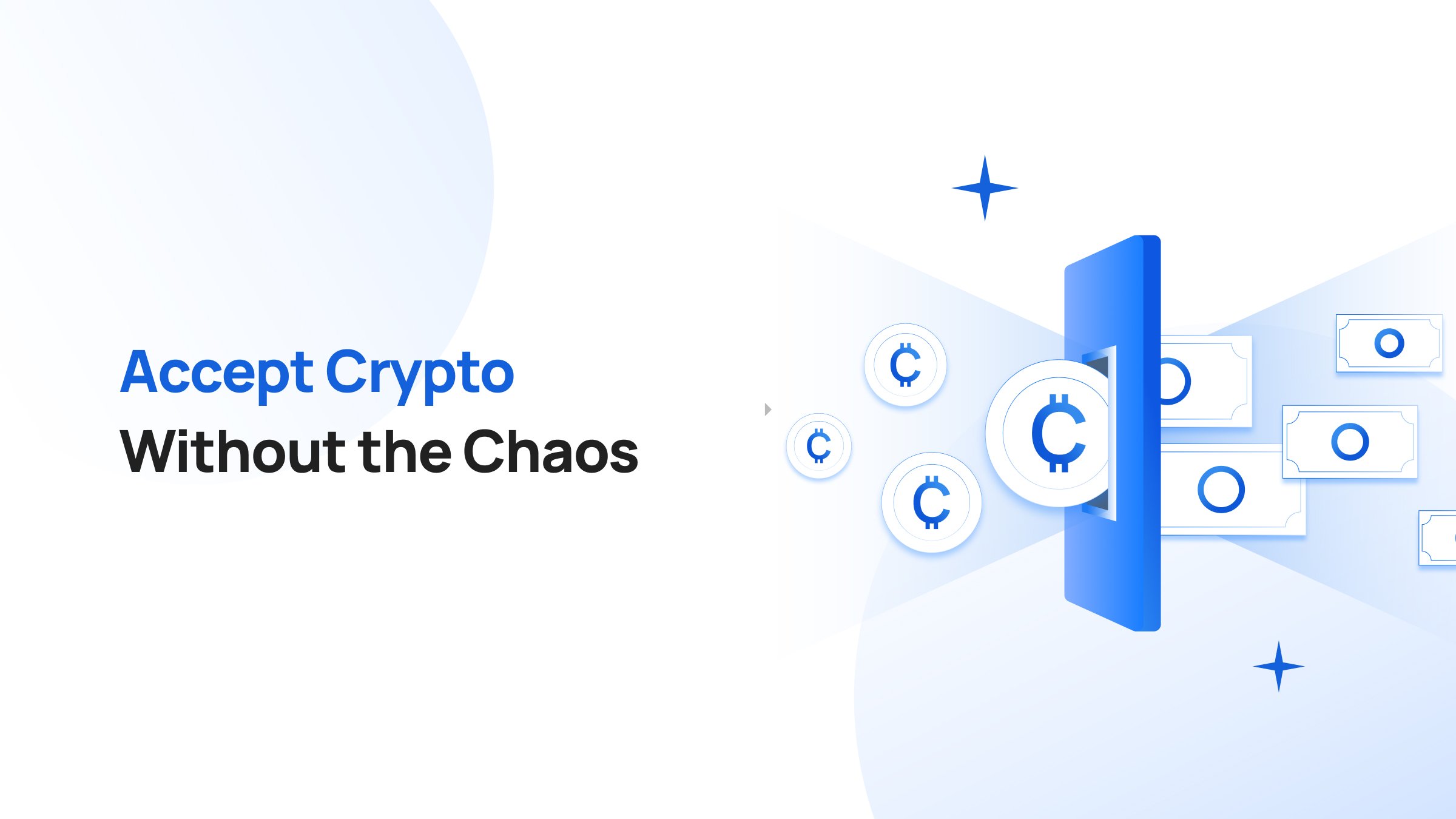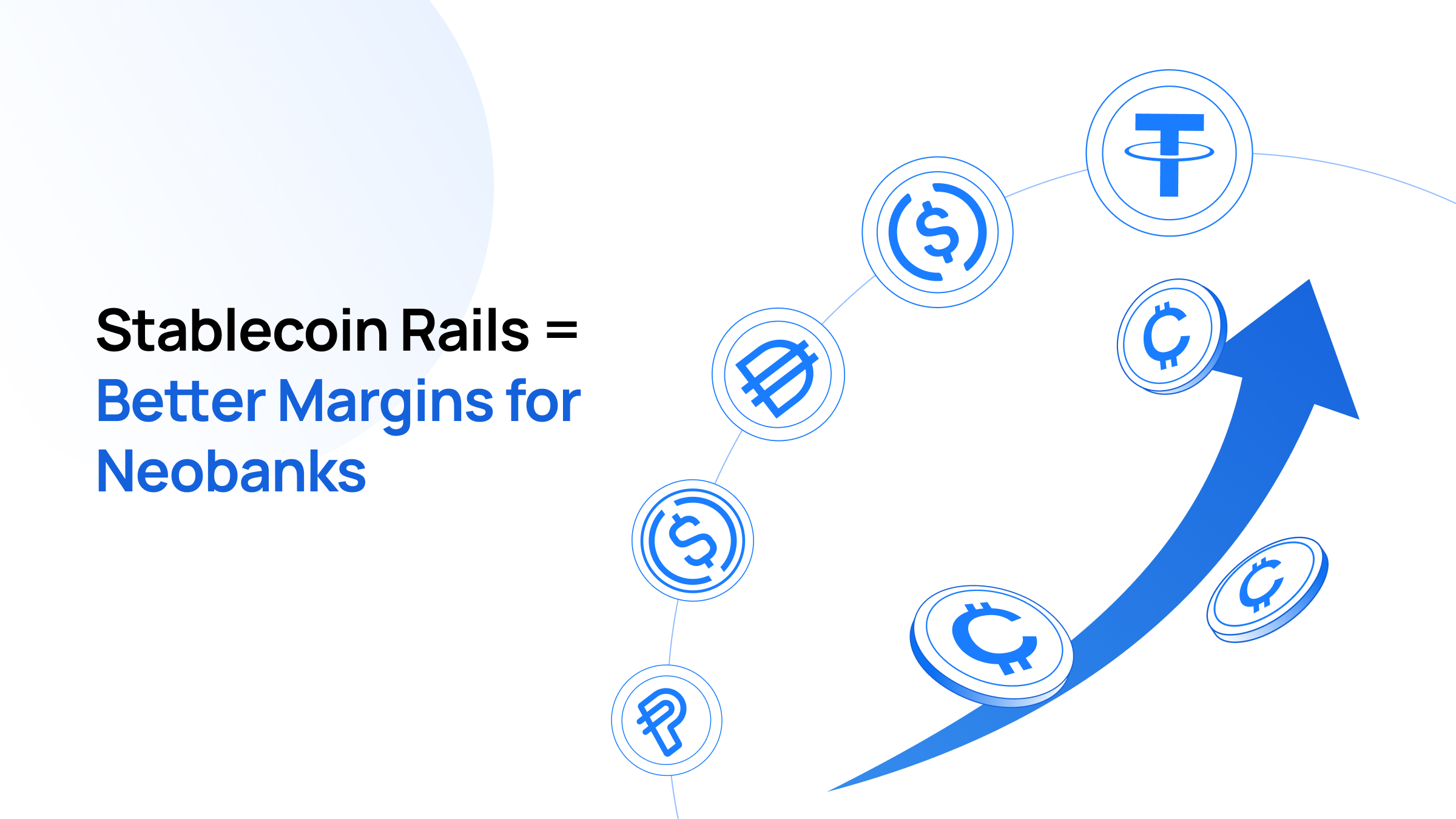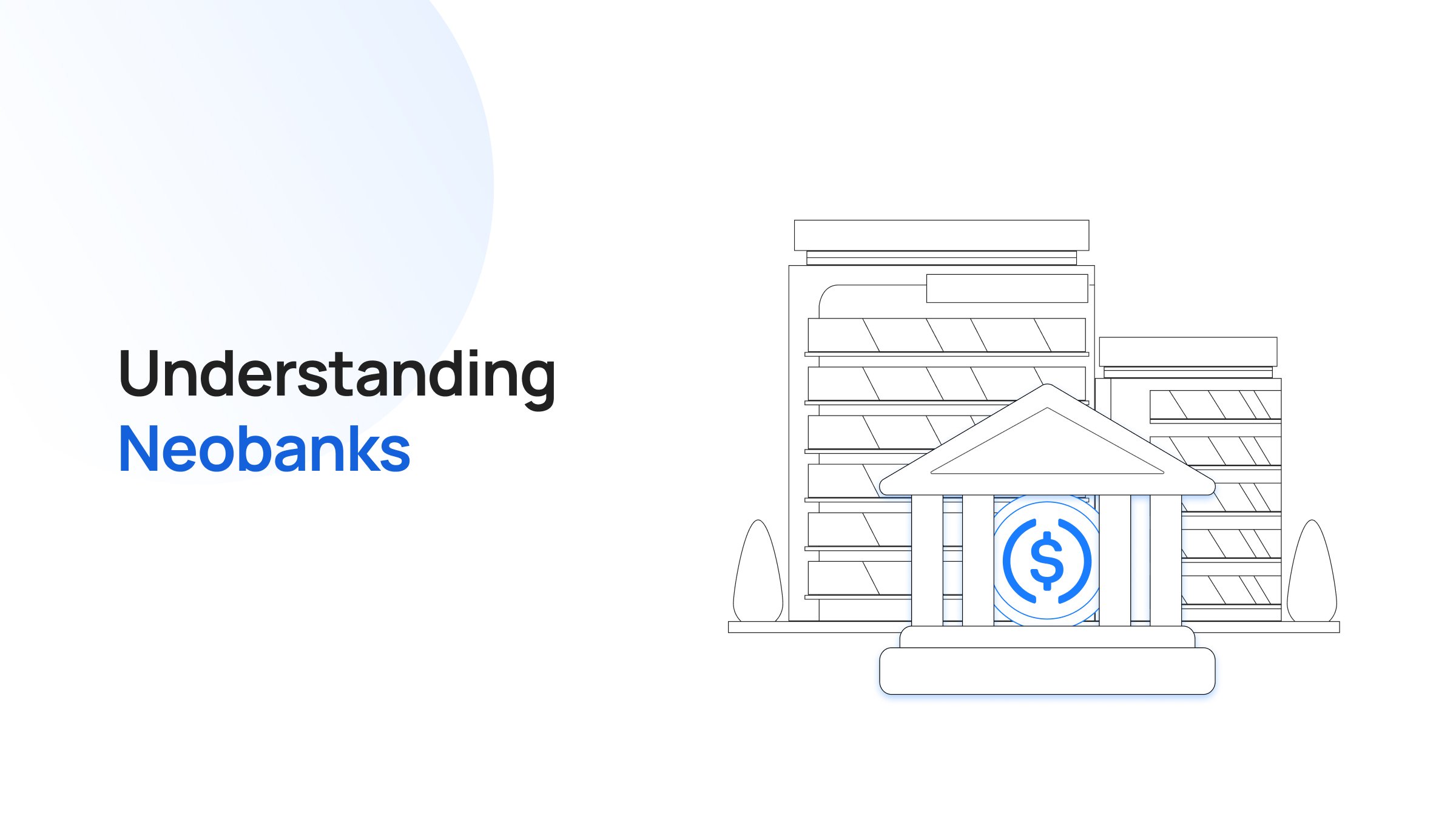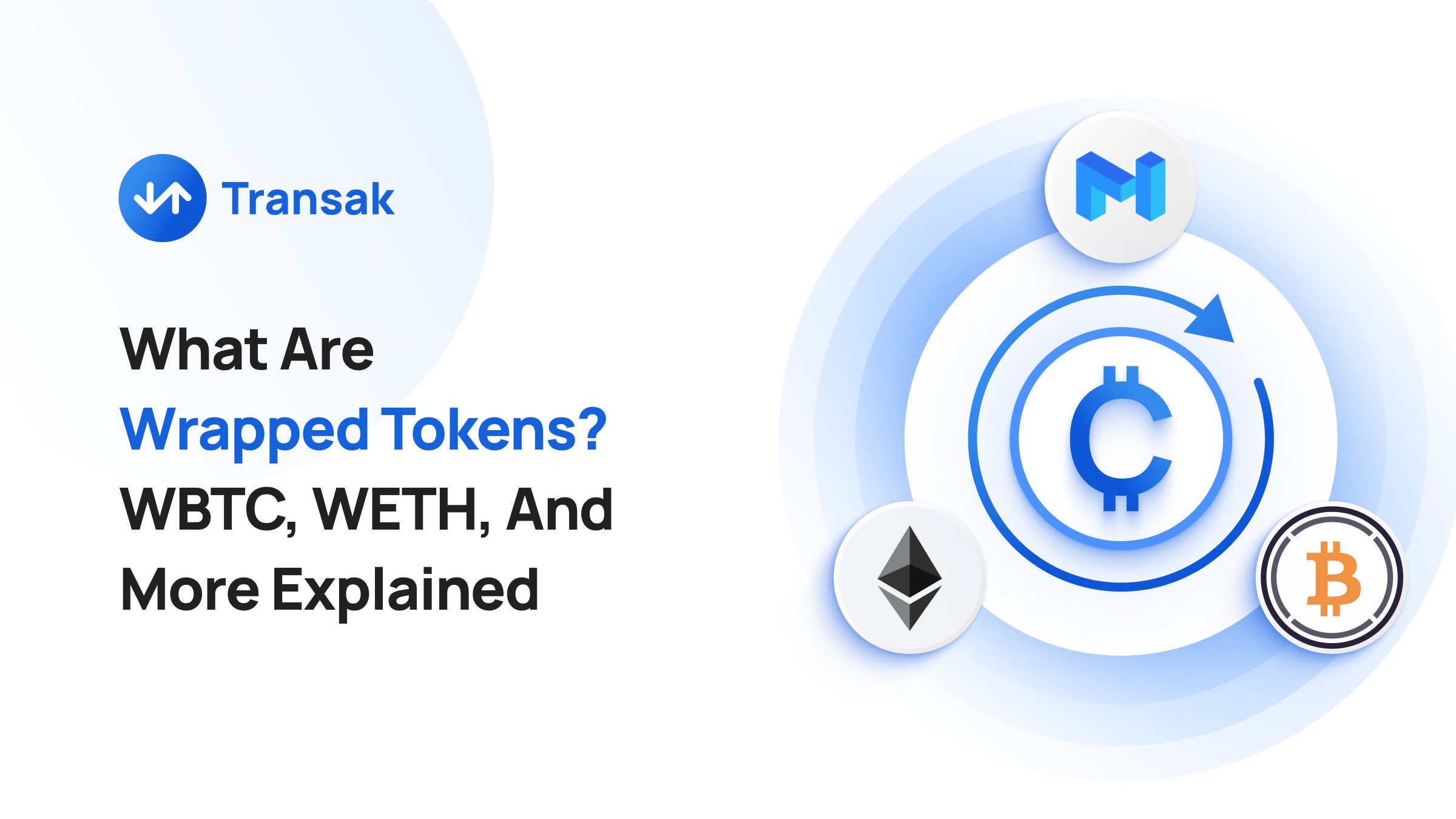
What if you want to use ETH but on a different blockchain? This is a very common demand from cryptocurrency users because Ethereum tends to be very slow, but ETH, as a cryptocurrency, is very convenient and accessible.
The same also extends to other cryptocurrencies, like Bitcoin (BTC), and Binance Coin (BNB).
Wrapped tokens are the popular solution to that.
Wrapped crypto allows the native asset holders of a blockchain to explore the functionalities of other blockchains with the asset they are already familiar with.
The market cap of the top wrapped tokens is around $33 billion, with Wrapped Bitcoin (WBTC) and Wrapped Ethereum (WETH) contributing more than 50% of the overall wrapped token market cap.
Considering the benefits of wrapped tokens, including interoperability and accessibility across multiple blockchain networks, there is still significant potential to penetrate the global cryptocurrency market, valued at over $2 trillion, in the years to come.
This article explores wrapped crypto, how wrapped tokens work, the major types of wrapped tokens, and their benefits and limitations.
What Are Wrapped Tokens?
.jpg)
Wrapping crypto involves minting a new token, which derives its value from its underlying coin or asset present on a different blockchain. This wrapping process allows token holders to access the functionality of other blockchains, enabling them to explore features such as decentralized finance (DeFi) applications, enhanced liquidity, and cross-chain interoperability.
The wrapped tokens facilitate seamless exchange between two networks while maintaining the value of their underlying assets.
For example, wrapped ether (wETH) represents ETH in a 1:1 ratio and mirrors its value, allowing users to interact with a wide range of dApps and DeFi protocols across the crypto ecosystem.
Apart from native crypto coins, wrapped tokens can also be used to represent other assets such as non-fungible tokens (NFTs), stablecoins, fiat currencies, and more.
In short, a wrapped token functions as a tokenized crypto asset that retains the same value as its underlying asset, enabling interaction across various blockchain ecosystems to benefit from features like faster transactions, lower fees, and decentralized application (dApp) functionality, among others.
How Do Wrapped Tokens Work?
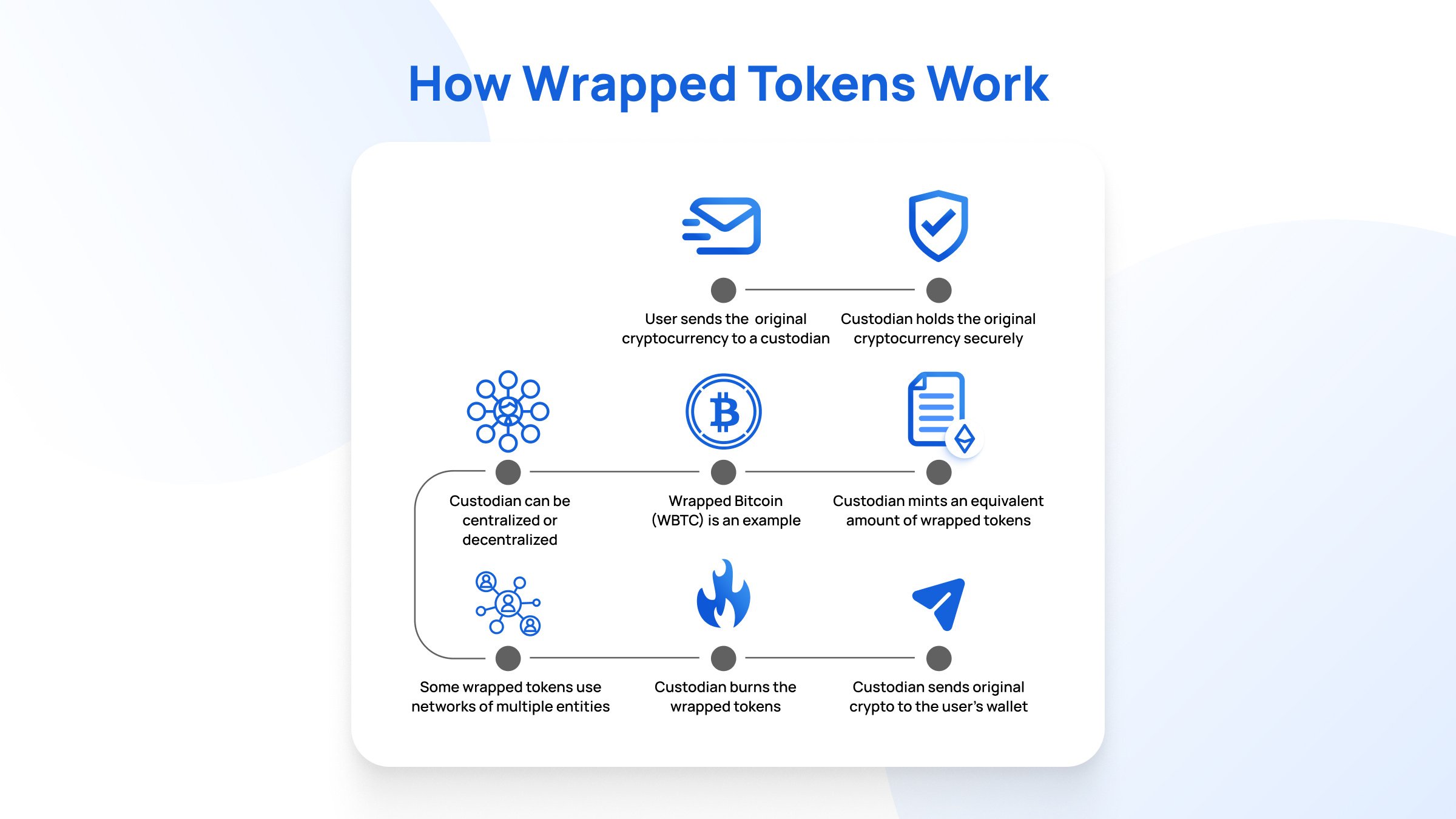
Crypto tokens undergo a systematic wrapping and unwrapping mechanism with the help of a trusted custodian. To better understand how this works, we’ll go through the main steps involved with typical token wrapping and unwrapping.
- Step 1: The user, with the help of a merchant like exchanges or platforms, chooses an asset and its desired blockchain for wrapping.
- Step 2: Upon receiving the user’s request, the merchant transfers the user’s assets to a custodian such as a decentralized autonomous organization (DAO) or smart contract.
- Step 3: The custodian securely locks the original asset and mints equivalent wrapped tokens on the user’s desired blockchain.
- Step 4: The custodian then transfers the newly minted wrapped tokens back to the merchant.
- Step 5: Upon receipt of the wrapped tokens, the merchant sends them to the user’s wallet address.
- Step 6: When the user intends to convert back to their original asset, the merchant initiates the redemption request to the custodian.
- Step 7: The custodian verifies the merchant’s request and burns the received wrapped tokens.
- Step 8: After completing the token burn, the custodian releases the original locked asset back to the merchant.
- Step 9: Finally, the merchant returns the original asset to the user.
Wrapping vs. Bridging Cryptocurrencies: Nuanced Differences
Both wrapping and bridging serve the purpose of increasing interoperability between different blockchains. Hence, some people incorrectly use them synonymously.
Wrapping creates a parallel version of an asset on a different blockchain.
Bridging moves the actual asset between blockchains.
Wrapping involves creating a tokenized representation of an asset from one blockchain on a different blockchain. This "wrapped" token maintains a 1:1 peg with the original asset's value. Essentially, it's like putting the original asset in a digital vault and issuing a receipt (the wrapped token) that can be used on another blockchain.
Bridging is the process of transferring assets directly from one blockchain to another. It often involves locking the original asset on the source blockchain and minting an equivalent asset on the destination blockchain, or vice versa.
Wrapping might be preferred when:
- The user wants to utilize an asset's value on a different blockchain without actually moving the asset itself.
- The user prioritizes a simpler and potentially faster process.
Bridging might be preferred when:
- The user wants to move the actual asset to a different blockchain to take advantage of its specific features or lower fees.
- The user is comfortable with potentially more complex processes and interactions with multiple platforms.
Key Differences
- Asset Representation: Wrapping creates a new tokenized representation of the original asset on a different blockchain.
Bridging moves the actual asset itself between blockchains. - Custody: In wrapping, the original asset is often held in custody by a custodian or smart contract. In bridging, the original asset might be locked or burned, but the user retains ownership throughout the transfer process.
- Complexity: Wrapping typically involves a simpler process, often requiring interaction with a single custodian or smart contract. Bridging can be more complex, involving interactions with multiple smart contracts or even centralized entities.
Benefits Of Wrapped Tokens
Increased Accessibility
Wrapped non-native assets allow users to interact with supported exchanges, wallets, and dApps without bridging or swapping crypto tokens regularly. Wrapping crypto also allows the management of real-world asset classes like fiat currencies, commodities, and more.
These tokens also facilitate seamless integration with the broader DeFi ecosystem, allowing users to explore the best possible services, such as yield farming, staking, swapping, lending, borrowing, etc. Users also get the opportunity to access multiple such platforms and choose the one that suits them the best.
Highly Efficient
The active involvement of trusted merchants and custodians in handling wrapped tokens plays a crucial role in the smooth functioning of the overall wrapping and unwrapping process.
The custodians are critical in ensuring that the issuance and burning of wrapped tokens don't impact the circulating supply of the native asset. For this reason, custodians mint-wrapped tokens equivalent to the locked assets and burn equivalent crypto tokens to the received assets.
High Liquidity
Wrapped tokens solve liquidity issues for low-liquid assets by being present on established dApps or other crypto platforms. For example, the availability of such crypto tokens on popular DEXs like Uniswap or Curve adds more visibility among the crypto community.
Source: CoinMarketCap
This availability across numerous platforms will also help expand the liquidity pool as the improvised accessibility attracts the attention of DeFi users, investors, and traders, leading to improved liquidity with the potential to raise the underlying native asset.
Advanced Interoperability
Wrapping crypto helps to bridge two different blockchain networks while embracing the positive aspects of the two networks for a better user experience. For example, this interoperability feature allows users to choose blockchain networks with low transaction fees for DeFi participation, like token trading, swapping, staking, and more.
For example, WBTC or Wrapped Bitcoin is a token that can be used to access the dApps and DeFi protocols that function on the Ethereum network while maintaining the value of the BTC.
Limitations Of Wrapped Tokens
Centralization Risk
The primary concern related to wrapped tokens is that a centralized entity, like a custodian, is involved in the wrapping and unwrapping process. Here, the users trust the custodian with their original assets until they unwrap them, raising concerns about security and custodial risk.
There also exists the possibility of a liquidity crisis if the custodian doesn’t properly manage the original assets, which could create unwrapping issues when users submit the redemption request.
Smart Contract Risk
Custodians execute the wrapping and unwrapping mechanism using suitable smart contracts to provide an efficient output to the user. Even though these contracts are transparent and automated, the possibility of smart contract risk still exists within the system.
The presence of technical or security bugs in deployed smart contracts could lead to improper functioning of the protocol and also allow bad actors to steal stored assets or manipulate the token supply.
Technical Complexity
Although the procedures involved with the wrapping and unwrapping of assets appears to be simple and straightforward, it can be intimidating for the beginners of the crypto space.
The perceived technical complexity might hinder the wider adoption of wrapped tokens as an accessible and viable financial tool for mainstream users.
Popular Wrapped Tokens
Wrapped Bitcoin (WBTC)
Wrapped Bitcoin (WBTC) is an Ethereum-based ERC-20 token that was launched in January 2019. The main aim of the token's introduction is for its holders to expand the use cases of BTC on the platforms or apps that the Ethereum network supports.
This wrapped token came into existence through a joint initiative led by the Web3 entities BitGo, Kyber Network, and Ren, which are members of the Wrapped Tokens DAO. Collectively, these organizations are responsible for the efficient token wrapping process that involves minting and burning the WBTC tokens.
Wrapped Bitcoin is one of the leading wrapped tokens and is traded on all major centralized exchanges (CEXs), decentralized exchanges (DEXs), and DeFi applications, making it one of the most highly liquid-wrapped assets in existence.
Wrapped Ethereum (WETH)
WETH is the wrapped version of ETH or ether that was launched in November 2017. This wrapped token built using the ERC-20 token standard represents its underlying asset ether in a 1:1 ratio to add interoperability with other decentralized platforms like DEXs.
Wrapped ether constitutes approximately 40% of the market cap of the top wrapped tokens. Users can easily wrap the available ether tokens using popular DEXs or wallets such as Uniswap, PancakeSwap, or MetaMask by paying the gas fee in ETH.
The custody involved in wrapping the ETH token will ensure that the locked assets are always almost equal to the supplied wrapped ETH, ensuring that the price of the original asset, which is ether and wETH, remains similar in value.
Other Wrapped Tokens
- Wrapped Matic (WMATIC): WMATIC is the DeFi-compatible ERC-20-based wrapped token that represents MATIC, Polygon's native cryptocurrency.
- Wrapped Litecoin (WLTC): WLTC is an ERC-20 token developed to represent LTC, Litecoin's native cryptocurrency on the Ethereum network.
- Wrapped BNB (WBNB): WBNB is the wrapped token of Binance Coin (BNB) that allows users to participate in BEP-20-supported dApps or platforms.
Conclusion
Wrapped tokens play an important role in providing blockchains with a collaborative space to operate, facilitating more user activities, and improving liquidity. \
Token holders can still retain the value of their original asset while enjoying the features offered by their wrapped token on other supported blockchain networks.
Despite the positive aspects of wrapped tokens, certain risks, such as smart contracts or centralization risks, have the potential to negatively impact the locked original assets.

